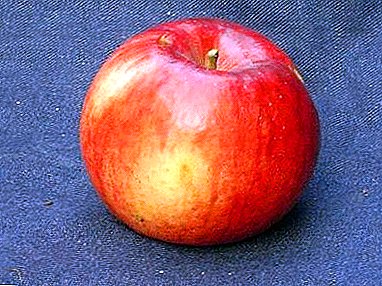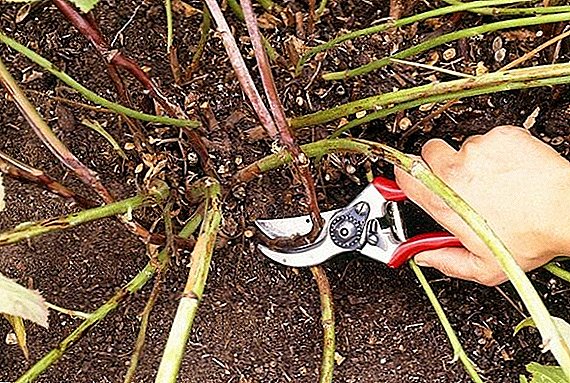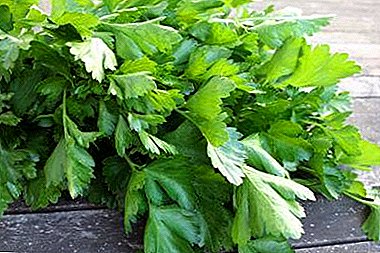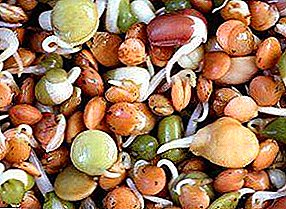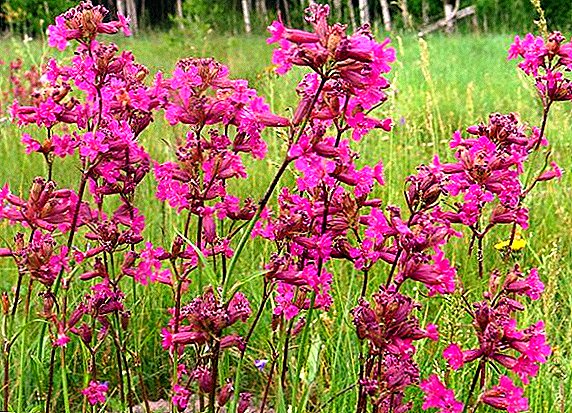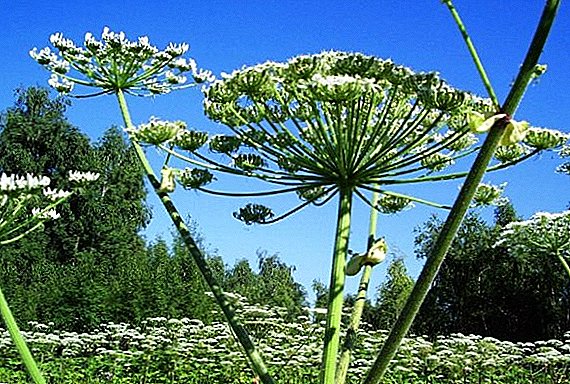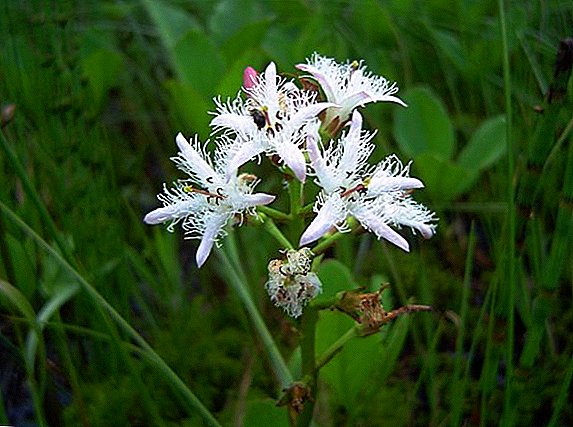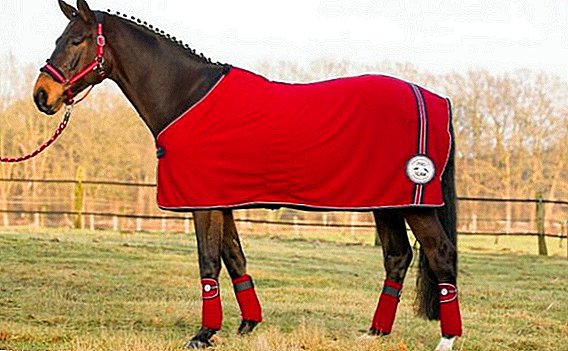 The horse is the embodiment of beauty and grace, strength and nobility. Due to its size and active lifestyle, it needs special care and proper maintenance. In order for this animal to be healthy, strong and beautiful, it needs to provide good living conditions, a place for grazing, regular exercise and comfortable equipment. In addition, the horse belongs to those pets that need to be dressed. In this article, we consider the types of horse clothing, blankets, and how to sew it with your own hands.
The horse is the embodiment of beauty and grace, strength and nobility. Due to its size and active lifestyle, it needs special care and proper maintenance. In order for this animal to be healthy, strong and beautiful, it needs to provide good living conditions, a place for grazing, regular exercise and comfortable equipment. In addition, the horse belongs to those pets that need to be dressed. In this article, we consider the types of horse clothing, blankets, and how to sew it with your own hands.
What is a horse blanket
The blanket is a cape that is put on a horse to warm it or to protect it from negative factors. It is sewn to the size of the animal and fixed on it with straps. This cover should sit firmly on the body, but it does not hamper the movements of the legs, neck and tail of the mount. Unlike wild horses, domestic horses need such clothing.
Learn more about horse harness.
In the process of regular cleansing and washing, a layer of fat is removed from their wool, which usually plays the role of natural protection. Therefore, the owner should take care of his ward, filling his wardrobe with blankets for all occasions. The size, model and material of a horse bedspread depends on the season and purpose. 
Kinds
Both in human and in a horse wardrobe, there should be a winter coat, an autumn raincoat, a tracksuit, a festive suit, a summer robe, a towel and a warm blanket. These assignments correspond to different types of blankets: winter, summer and off-season.
Winter horse blanket
In winter, the horse must be protected from frost and cold wind while walking, and it must also be warmed up while resting in the stable. For the manufacture of winter cloaks using warm and very dense fabric of wool or wool blend, for example, cloth.
Bedspreads, warmed with batting or padding polyester are welcome. Natural material allows the skin to breathe and does not provoke sweat. Therefore, in such a "coat" the horse is warm and comfortable. Denim and left-handed belong to winter blankets. 
Denikova
Dennikovaya, or levadna blanket - is the everyday home clothes of a horse, which they throw on it in the stable. It is especially needed in cold and damp conditions. Usually such a blanket is made of heavy thick jute fiber, which is insulated with wool lining.
There are also synthetic stable blankets. They are lighter in weight, cheaper, and easier to wash. But they wear out faster than natural ones.
There are two types of stubble blankets:
- Sleeping capewhich plays the role of a nightcover or pajamas. It should not be too long so that the horse does not step on it when rising. It is fastened with straps outside on the sides and the tail rapper. In addition, such a "pajamas" should have a wide neckline, and it covers the base of the tail quite a bit. Thus, the blanket does not constrain the movement of the animal and does not slip from its body.
- Drying blanket need to throw on the horse after each job, training or competition, when the hot animal is wet from sweat. She, like a towel, should absorb moisture and thereby bring the body temperature back to normal. The cover for drying is sewn from a thinner natural web, for example, from cotton or thin wool. It is quite large, its edges hang loosely from the croup, and the fastenings are on the inside. It covers this "towel" for only 10-15 minutes, until the horse dries. Then she is put on the usual stable blanket.

Levadnaya
Levadnaya, or walking blanket is designed for walking, grazing and work. By sewing and fastening it resembles a denik cape: it is securely fastened with straps outside, covering the belly from dirt with a hem, as well as a tail chopper. But there is a wide, freely hanging hem at the front, which does not restrain the horse's movements.
We recommend to learn more about hakamor for a horse.
This veil should be, in contrast to the bedroom, light, not burdening the horse, and warm. In addition, it should be protected from wind, rain and dirt. Some models have a hood that covers the neck and even the head of an animal from bad weather. Increasingly, left-wing capes are made of artificial materials, waterproof and windproof, but allowing the body to breathe. 
Summer capes
Horses, like people, need clothes not only when it is cold, but also in the heat. The summer cape should be light and comfortable. The material used is thin, most often cotton or synthetic.
Easy
The purpose of the summer "dressing gown" - to close the croup from the dirt. It is always easier to wash a cape, than to clean a dirty horse, especially if it is with character. This item of horse clothing protects the animal from the summer cold when there are sharp temperature drops: it is hot in the street and cool in the stable. 
Mosquito
Netting is similar to a mosquito net, as it is used to protect a horse from the bites of gadflies, flies and other insects. In addition, it helps its wearer to comfortably carry hot weather, because it is cool and dry under it. 
Off season
For autumn and spring are characterized by sudden changes in temperature. It is usually warm during the day and cold at night. The temperature can rise and fall to 10 ° C. If on a cold morning it is too warm to dress a horse, then, moving, it will quickly heat up, sweat and be able to catch a cold.
Therefore, to avoid overheating, demi-season "cloak" should be made of lightweight fabric. There are two-layer blankets from two types of light fabrics. They are not as warm as winter, but warmer than summer capes.
We advise you to read about what it consists of and how to make a saddle for a horse with your own hands.
The top layer is often made of rubberized or other waterproof fabric. But it is not recommended for a long time to wear a horse in synthetic, which does not allow air to pass through. It is believed that horses can easily carry canvas capes, although they are heavy. 
Paddy
Paddy blanket is a celebratory uniform. A horse in it is dressed up during a parade before the races and for other solemn occasions. The front cape of nylon and silk looks especially elegant. Blankets made of cotton and fine wool are used during training.
They protect the hoofed athlete from hypothermia and cold. Paddy capes do not cover the croup completely, but only its back and back. Therefore, they are also called polupoponami. 
Cooling
Cooling blankets are the result of the development of modern textile production. Fabric made by a special technology, faster than conventional materials, absorbs moisture and releases it to the outside.
These capes are used for sport horses that sweat during training, after swimming, and also for animals that sweat heavily during transport. Due to this, the horses dry quickly and do not have time to get sick.
You will probably be interested in reading about how to harness a horse.
Polupopona
From the name it is clear that this type of horse capes are smaller in size than ordinary blankets. Such a half-cover covers the back of the croup and back under the saddle, with which it is fixed. For fastening the undertail belt is used. Half-skins are warmed (winter) and light (summer). 
How to sew a horse blanket
Universal blankets for all occasions there. For different seasons and different purposes of one horse several capes are required. They can be purchased in specialized stores, but it will cost a lot. You can save well by sewing clothes for your horse yourself. You can use for this universal pattern-pattern.
The choice of fabric and other materials
Before choosing a material for a horse blanket, you need to decide on its purpose:
- for winter: wool, fleece, synthetic winterizer;
- for summer: cotton, nylon, mesh fabric;
- for the off season: rubberized, waterproof material.
In addition to the fabric, you will need parts for fastening the cape:
- carbines (3-5 pieces);
- rings for carbines (3-5 pieces);
- wide and durable rubber (about 2 cm wide).

Measurements and sizes
To draw a pattern, you need to remove from the horse the following measurements:
- from the base of the neck (withers) to the tail;
- from the middle of the sternum to the tail;
- the length of the front side blankets;
- cape length (from withers to sternum);
- neck;
- mark the place for zippers.
It is advisable to take measurements from the horse, for which the clothes are sewn. Instead of the pattern, you can use her ready-made cape.
Important! Cloth should not be tight. Otherwise, it will crush the wool and reduce the immunity of the animal.If this is not possible, then you can take the standard sizes that fit most home racers:
- length - 240 cm;
- width - 200 cm;
- height - 20 cm;
- neck length - 60 cm.

Sewing process
- Draw a pattern according to the measurements.
- Using the pattern as a stencil, mark the measurements on the selected piece of fabric and cut the workpiece.
- Fold the workpiece in half length and cut the neck.
- The edges of the product around the perimeter process, it is desirable to sheathe the tape.
- Sew carbines or ties from the front (optional).
- From the inside, sew in a drawstring into which to insert a wide elastic band (40-45 cm in length) and sew it so that the ring is turned out. It will be the harpoon.
- Approximately at the level of girths sew gum with carbines, and on the contrary - rings for them.
Trash is ready. If desired, it can be decorated with beautiful edging or special embroidery. This will make the cape really exclusive.
Get acquainted with the nuances of breeding horses at home.
How to choose when buying
The best way to choose the right blanket is to try it on a horse. So you can not only see if the clothes fit her in size and color. This is a good opportunity to determine how the animal's skin will perceive the fabric of the product. This method of fitting is not available to everyone. Therefore, from the horse you need to take measurements, as for the pattern, and measure their favorite capes.
Video: about horse blankets It is also worth paying attention to the quality and availability of clasps on the sides, back and chest. If there are girths, you need to check their sizes. They should not tightly encircle the body of a horse, like a saddle, and should remain a bit of free space.
Caring for a blanket
Cloth is a uniform for the horse, so it needs special care.
Important! Jute blanket should be cleaned with a coarse brush and not washed.
It is necessary:
- inspect the clasps and seams regularly and repair them on time;
- each time after wearing the blanket to wipe out and dry;
- wash regularly with neutral powder.
 Horses, like humans, are vulnerable to weather conditions. With improper care, they are supercooled or overheated and sick. But if the domestic horse has blankets for any weather, work and rest, it will be healthy and active.
Horses, like humans, are vulnerable to weather conditions. With improper care, they are supercooled or overheated and sick. But if the domestic horse has blankets for any weather, work and rest, it will be healthy and active.

